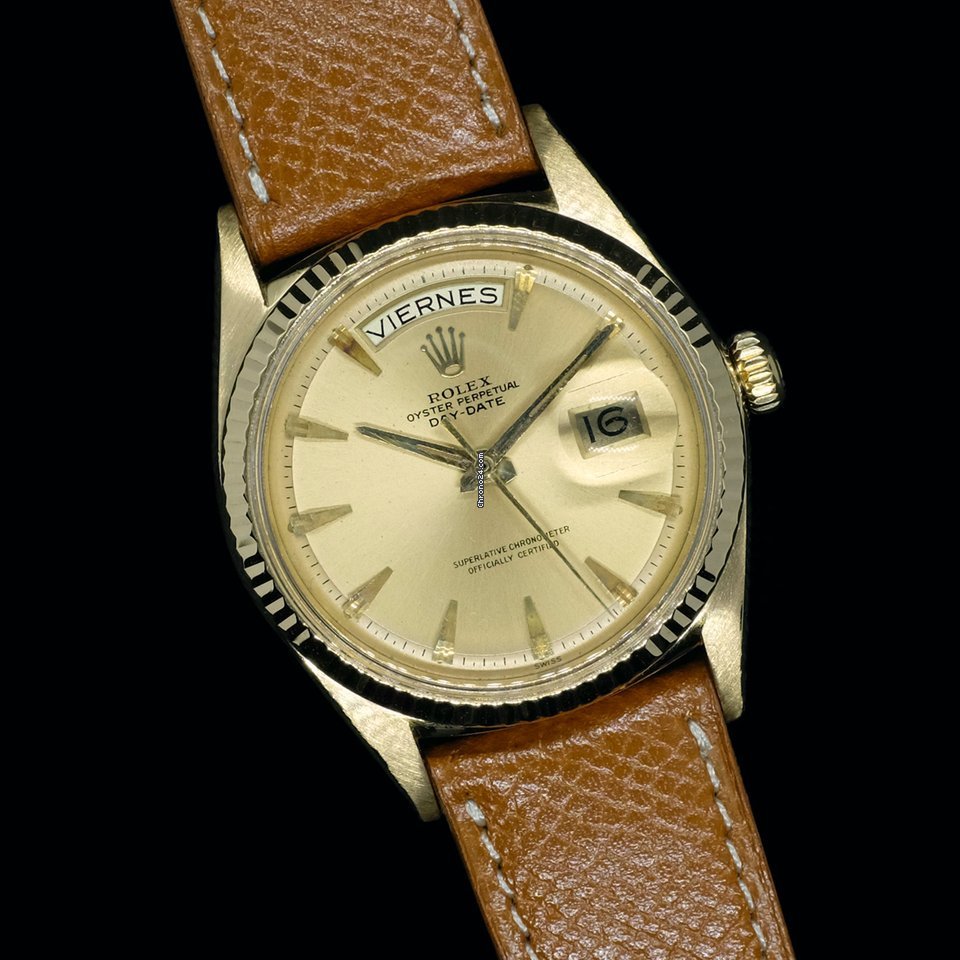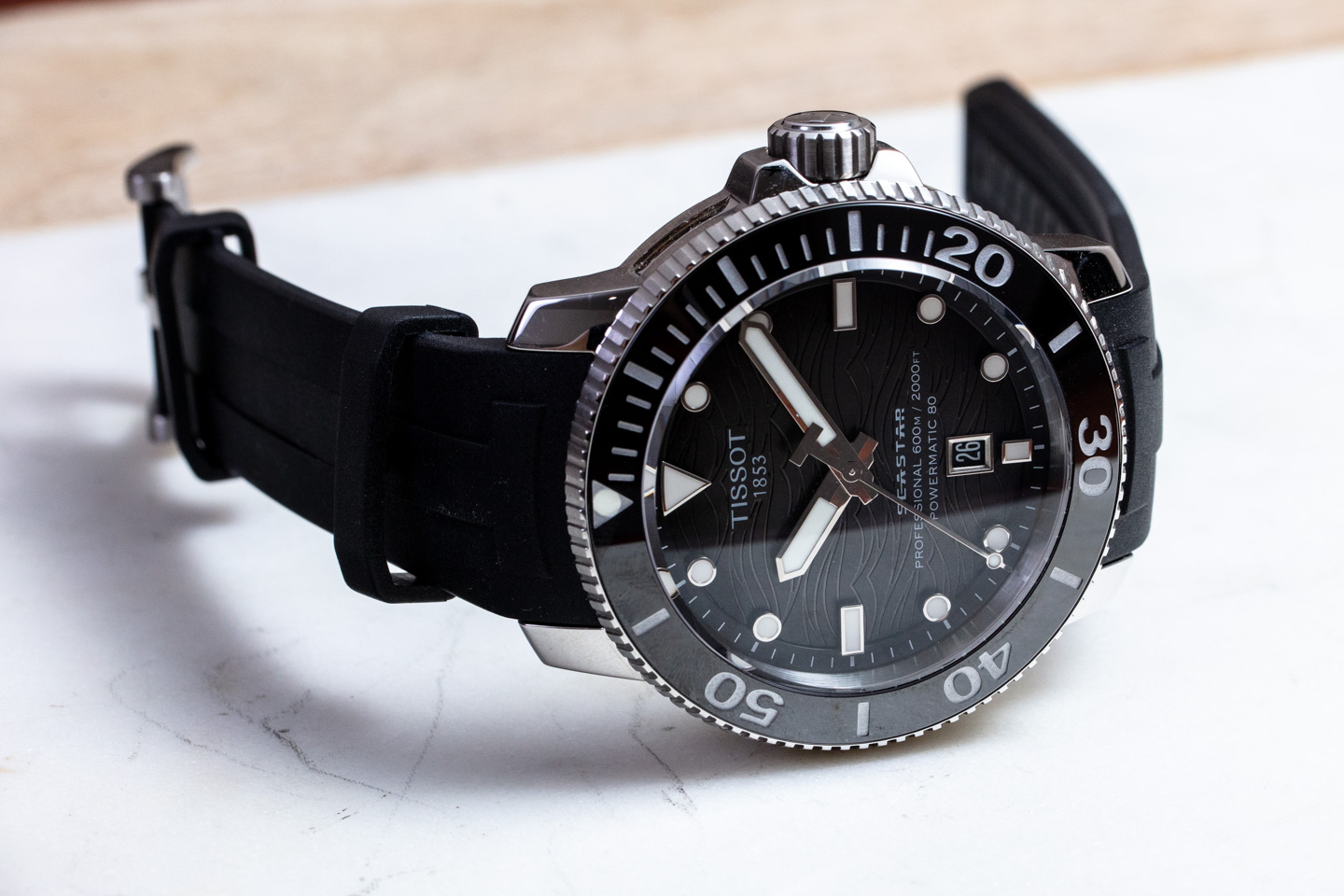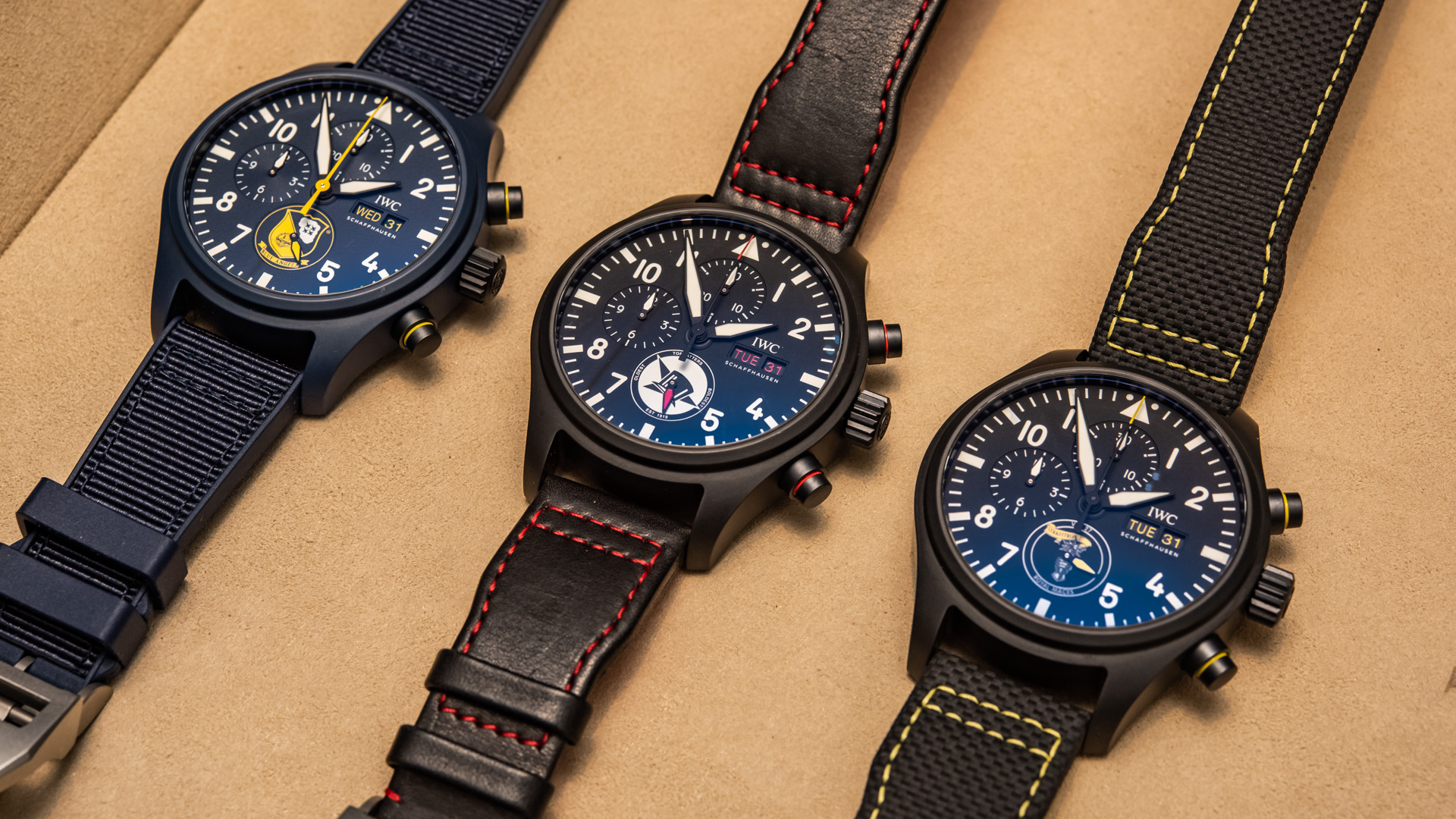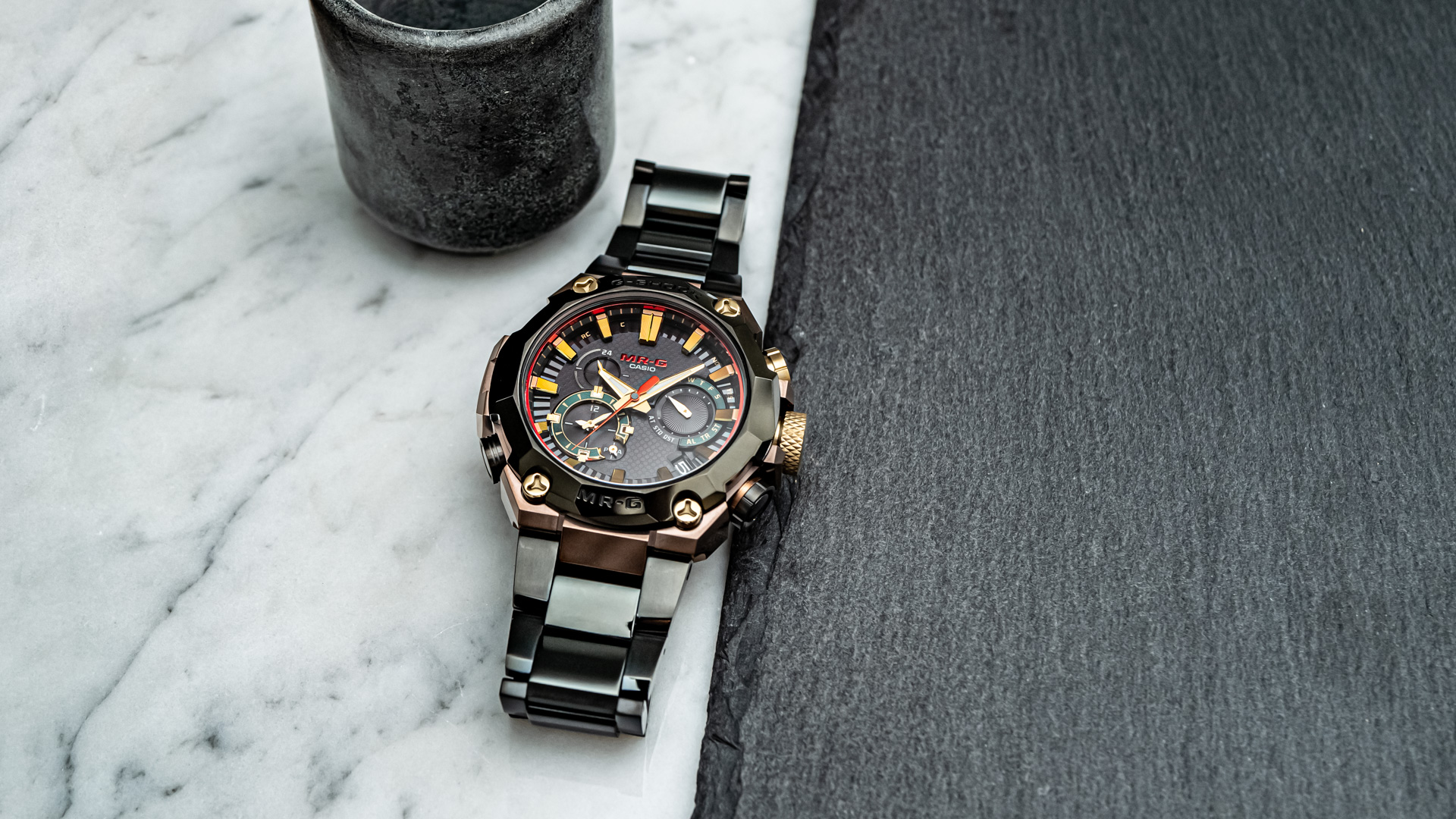Tick Tock: Unraveling the Secrets and Common Knowledge of Timepieces
Timepieces—those intricate devices that silently govern our days—hold stories that extend far beyond their mechanical workings. From the humble sundials of ancient civilizations to the sophisticated smartwatches of today, the evolution of timekeeping reflects humanity’s quest to master time itself. In a world where every second counts, understanding the significance of these timeless instruments becomes essential. This article embarks on a journey through the fascinating realm of timepieces, exploring the artistry and science behind them, uncovering the hidden secrets that lie within gears and springs, and addressing the common knowledge that surrounds our relationship with time. Join us as we uncover the captivating history, innovation, and cultural impact of these remarkable artifacts that have shaped our lives, one tick and tock at a time.
The Art of Timekeeping: A Journey Through History and Innovation
The evolution of timekeeping has been nothing short of mesmerizing, weaving together the threads of ingenuity and craftsmanship across centuries. Early methods of measuring time included the **sundial**, which utilized the sun’s position in the sky, and the **water clock**, known as clepsydras, which measured time through the regulated flow of water. As societies developed, the demand for precision grew, leading to innovations such as the **mechanical clock**, which emerged in medieval Europe. Thanks to the intricate designs by brilliant minds like **Nicolaus of Cusa** and **Johannes Kepler**, mechanical clocks contained gears and weights that allowed for increasingly accurate timekeeping. These advancements laid the groundwork for even more sophisticated instruments, including **pendulum clocks** in the 17th century that could keep time with astonishing precision.
As the Industrial Revolution propelled society into a world of rapid change and connectivity, the importance of standardized time became paramount. The introduction of the **railroad** necessitated the establishment of **time zones**, revolutionizing our understanding of time in relation to distance and travel. Innovations continued into the 20th century with the advent of the **quartz clock**, which used the vibrations of quartz crystals to achieve unparalleled accuracy. Today’s digital age has taken timekeeping into realms unimagined, with smartwatches and atomic clocks that sync with global positioning systems. The modern timepiece has become not only a tool for scheduling but also a canvas of artistic expression, merging functionality with design. The fascination with timepieces evolves as we embrace both history and the promise of future innovations.
Mechanisms Matter: Understanding Movement Types in Timepieces
Understanding the various mechanisms that power timepieces provides a fascinating insight into their intricate design and functionality. The two primary categories of movement that aficionados and casual watch wearers alike often engage with are mechanical and quartz. While mechanical movements rely on intricate gears and springs, showcasing a blend of artistry and precision, quartz watches operate through an electronic oscillator regulated by a quartz crystal, offering unparalleled accuracy. Here’s a brief rundown of their distinctive features:
- Mechanical Movement:
– Powered by winding a mainspring
– Analog display of time
– Often features complicated mechanisms like tourbillons - Quartz Movement:
– Battery-operated for consistent energy
– Minimal maintenance required
– Tend to be more affordable and widely available
Additionally, within these main categories, there are subtypes that cater to specific preferences and functionalities. For instance, self-winding mechanical watches harness kinetic energy from the wearer’s movement, eliminating the need for manual winding. Alternatively, we see variations like split-second chronographs and GMT watch movements, each designed for specific timekeeping needs. The following table illustrates some popular types of movements and their characteristic features:
| Movement Type | Characteristics | Ideal Use |
|---|---|---|
| Self-Winding | Winds automatically while worn | Daily wear |
| Chronograph | Measures elapsed time | Sports and timing events |
| GMT | Tracks multiple time zones | Travel and international coordination |
By delving into these mechanisms, we start to unravel the charm and secret artistry of timepieces that have captured hearts for centuries. Each type brings unique benefits and character, contributing to the diverse landscape of horology.
Choosing Wisely: A Guide to Selecting the Perfect Watch for Your Lifestyle
When it comes to selecting a watch that complements your lifestyle, it’s essential to consider both utility and aesthetics. Think about where and how you will wear the watch most frequently. For daily wear, you might prefer a timepiece that prioritizes durability and comfort. Look for features such as **water resistance**, **scratch-resistant glass**, and materials that can withstand everyday wear and tear. Contrast this with formal occasions, where a more elegant design and subtle flair can enhance your outfit. In such cases, a watch crafted from luxurious metals or adorned with embellishments might be more fitting.
Another element to weigh thoughtfully is the functionality that best serves your daily routine. Watches today do more than simply tell time; they can serve as fitness trackers, connect with smartphones, or offer smartphone-like features. As you dive into the myriad of options, consider whether you lean towards **smartwatches** or **traditional mechanical watches**. To help streamline your decision-making, here’s a succinct comparison of watch types:
| Watch Type | Best For | Key Features |
|---|---|---|
| Smartwatch | Tech enthusiasts, fitness fans | Fitness tracking, notifications, apps |
| Quartz Watch | Everyday use | Accuracy, low maintenance |
| Mechanical Watch | Collectors, formal occasions | Craftsmanship, tradition |
By balancing functionality, brand preferences, and personal style, you can ensure that your choice aligns perfectly with your daily habits and values. Don’t forget to reflect on the long-term aspects of your purchase; a quality watch can withstand the test of time, becoming not just a tool, but a cherished companion through life’s myriad moments.
In Conclusion
As we close the chapter on our exploration of timepieces, it becomes clear that these intricate devices are more than mere instruments for measuring time. They embody the artistry of human ingenuity, the evolution of craftsmanship, and the delicate interplay between form and function. Whether you’re captivated by the gentle tick of an antique grandfather clock or drawn to the precision of a modern smartwatch, each timepiece tells a story—a narrative woven through centuries of innovation and tradition.
In understanding the complexities of horology, we come to appreciate not just the mechanics behind these devices, but the cultural significance they hold across various societies. From their roles in daily life to their symbolism in art and literature, clocks and watches continue to shape our perception of time itself.
As you move forward in your own journey through time, may you carry with you the insights gleaned from this exploration. The next time you glance at the hands of a clock or the face of a watch, take a moment to reflect on the intricate history and profound impact these timepieces have on our lives. After all, in every tick-tock, there lies a world yearning to be discovered.





















Comments